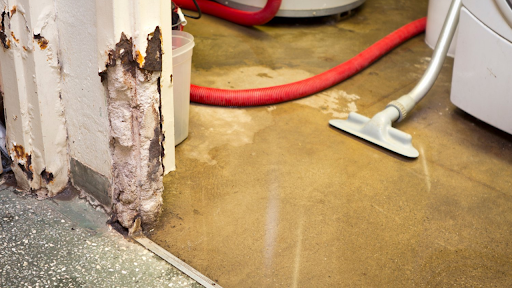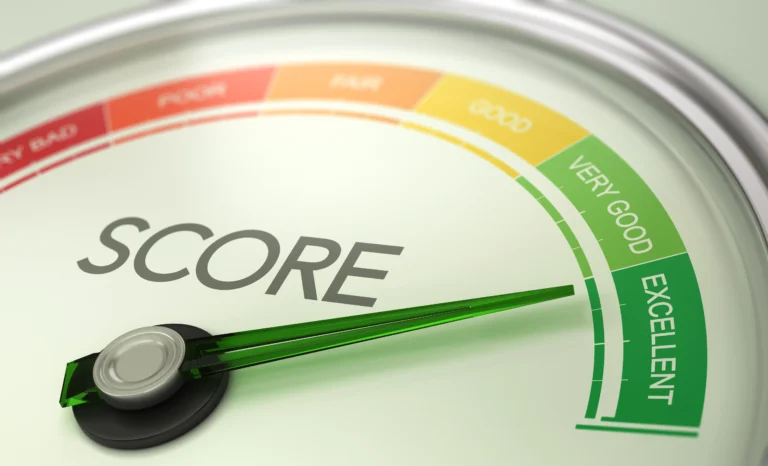Water Extraction: A Complete Guide to Methods, Benefits, and Applications
Water is one of Earth’s most vital resources, essential for human survival, agriculture, industry, and environmental sustainability. As demand for fresh water continues to grow while supply becomes increasingly threatened by climate change, pollution, and overuse, the process of water extraction has become more critical than ever. This comprehensive guide will explore what water extraction is, the various methods used, its benefits, applications, and the future of water extraction technology.
What is Water Extraction?
Water extraction refers to the process of removing water from natural sources such as rivers, lakes, aquifers, and oceans for use in domestic, agricultural, industrial, or emergency purposes. It may also involve removing unwanted water, such as in water damage restoration scenarios where excess water must be extracted from buildings.
There are two broad categories of water extraction:
- Supply-Oriented Water Extraction: Where water is collected for beneficial use.
- Damage-Control Water Extraction: Where water is removed to mitigate harm (e.g., after flooding).
This article focuses on both aspects, offering a comprehensive overview of its relevance across sectors.
Types of Water Sources for Extraction
Water can be extracted from multiple sources:
Surface Water
Includes lakes, rivers, and reservoirs. Surface water is typically more accessible but more vulnerable to contamination.
Groundwater
Found in underground aquifers, groundwater requires drilling and pumping. It’s a reliable source in dry regions but subject to depletion.
Desalinated Seawater
Saltwater is converted to freshwater through processes like reverse osmosis. This is crucial in arid coastal areas.
Atmospheric Water
Water vapor is extracted from the air via condensation. While less common, this method is gaining attention for its innovation.
Methods of Water Extraction
1. Groundwater Extraction
One of the most common forms, groundwater extraction involves drilling wells and using pumps to bring water to the surface.
Techniques:
- Borehole Drilling
- Hand Pumps
- Submersible Electric Pumps
Pros:
- Reliable during droughts
- Usually cleaner than surface water
Cons:
- Risk of aquifer depletion
- Expensive infrastructure
2. Surface Water Extraction
This involves diverting water from rivers, lakes, or reservoirs via channels or pipelines.
Techniques:
- Gravity-fed systems
- Pumping stations
Pros:
- Easily accessible in water-rich areas
- Lower energy costs than deep groundwater extraction
Cons:
- Susceptible to seasonal variability
- Prone to contamination from human and industrial activity
3. Desalination
This advanced method involves removing salt and other minerals from seawater or brackish water to make it potable.
Types:
- Reverse Osmosis (RO)
- Multi-stage flash distillation
- Electrodialysis
Pros:
- Provides water in arid coastal regions
- Can alleviate water scarcity
Cons:
- High energy consumption
- Expensive to operate and maintain
- Brine disposal is environmentally challenging
4. Atmospheric Water Generation (AWG)
AWG systems condense water vapor from the air using cooling coils or desiccants.
Technologies:
- Refrigeration-based systems
- Desiccant-based extraction
Pros:
- Requires no traditional water source
- Useful in remote or emergency settings
Cons:
- Dependent on humidity
- Energy-intensive
Water Extraction in Emergency and Disaster Situations
Water extraction is not just about securing drinking water; it’s also essential for emergency response and disaster recovery.
Flood Water Removal
In homes, basements, and commercial buildings affected by floods, specialized equipment is used to extract standing water.
Equipment Includes:
- Wet vacuums
- Truck-mounted extractors
- Portable pumps
Fire Damage Restoration
After a fire, water used by firefighters can saturate structures. Timely water extraction prevents mold growth and structural damage.
Industrial and Commercial Applications
Agriculture
Irrigation relies heavily on groundwater and surface water extraction.
Manufacturing
Industries use water for cooling, processing, and cleaning. Extraction ensures a constant supply.
Mining
Water is extracted for mineral processing and dust suppression.
Construction
Dewatering sites is crucial to maintain structural integrity during excavation.
Water Damage Restoration Companies
These firms specialize in removing water after flooding, leaks, or natural disasters.
Environmental Concerns and Challenges
Aquifer Depletion
Over-extraction from groundwater sources can lead to:
- Lowering of the water table
- Land subsidence
- Loss of wetlands
Ecosystem Disruption
Excessive surface water extraction can damage aquatic habitats and biodiversity.
Saltwater Intrusion
In coastal regions, overuse of groundwater can lead to saltwater seeping into freshwater aquifers.
Energy Consumption
Desalination and AWG methods are energy-heavy and contribute to carbon emissions.
Sustainable Water Extraction Practices
Sustainability is key to long-term water security. Best practices include:
1. Monitoring and Regulation
Governments and agencies must enforce extraction limits and monitor aquifer levels.
2. Efficient Technology
Using solar-powered pumps or gravity-fed systems can reduce energy usage.
3. Rainwater Harvesting
Lessens the burden on traditional sources.
4. Greywater Recycling
Reduces the need for freshwater extraction in non-potable uses.
5. Smart Irrigation
Technologies like drip irrigation reduce agricultural water waste.
Technological Innovations
Technology is rapidly transforming the water extraction landscape.
Smart Sensors
Used to monitor water levels and usage in real-time.
AI & IoT
Machine learning can predict water demand and optimize extraction rates.
Portable Desalination Units
Compact systems that bring clean water to remote areas.
Drone Surveys
Used to assess water bodies and detect illegal extraction.
Legal and Regulatory Aspects
Regulation of water extraction varies globally. Key considerations include:
Licensing
Extractors often need permits, especially for commercial-scale operations.
Water Rights
Legal ownership and allocation of water access are often contentious.
Environmental Assessments
Large-scale projects require environmental impact reports before approval.
International Agreements
Shared water bodies (like the Nile or Jordan River) require diplomatic agreements for extraction.
The Future of Water Extraction
As global water demand surges, the future of water extraction will likely include:
Decentralized Systems
Small-scale, community-managed systems to reduce reliance on large infrastructure.
Renewable Energy Integration
Solar- or wind-powered extraction units to reduce environmental impact.
Advanced Filtration
Graphene and nanotech filters may revolutionize water purification.
Public-Private Partnerships
Collaboration will drive innovation and funding.
Climate-Resilient Solutions
Technologies that adapt to droughts, floods, and shifting weather patterns.
Conclusion
Water extraction is a cornerstone of modern civilization, supporting everything from drinking water and agriculture to disaster recovery and industrial operations. However, with great power comes great responsibility. Extracting water responsibly and sustainably is essential to ensure that future generations have access to this life-sustaining resource.
By understanding the different methods, technologies, and implications of water extraction, individuals, industries, and governments can work together to develop more sustainable and innovative solutions.
Whether it’s pulling water from an underground aquifer, generating it from the air, or responding to a flooded building, the science and strategy behind water extraction continue to evolve. As water scarcity becomes an increasingly urgent global issue, investment in smart, sustainable water extraction methods is no longer optional—it’s imperative.
Stay connected for the latest news and updates on Discover Deadline!






